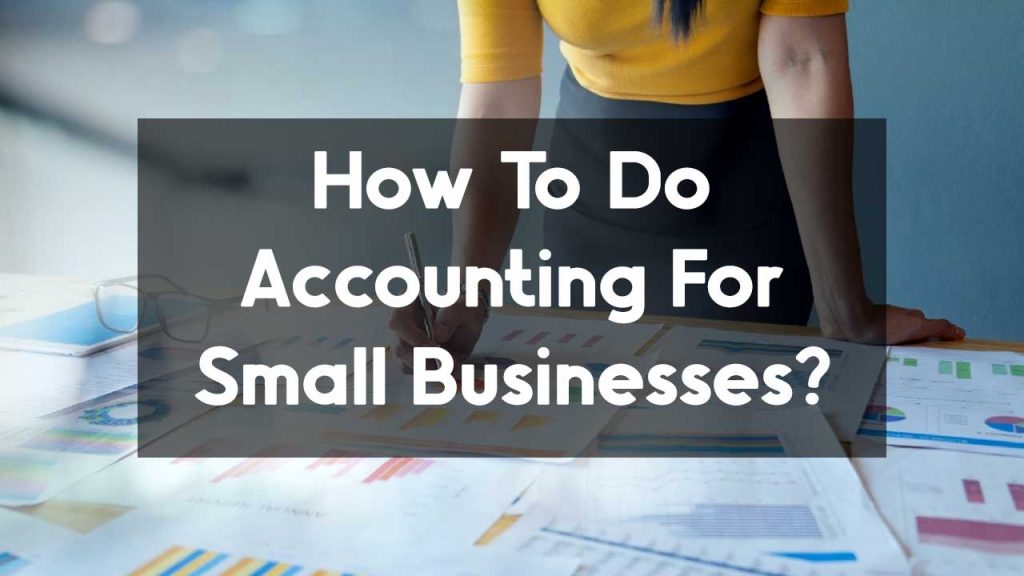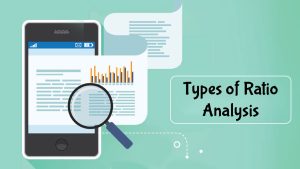In this blog, you will learn how to do accounting for small businesses.
Maintaining accurate records of all revenue and expenditures and extracting financial data from company transactions is the primary method of accounting for small firms.
This is an essential task for small company owners, especially in the initial stages, to keep track of and handle their finances properly. Small business accounting not only provides a record of your company’s past and current performance but also facilitates the generation of invoices and the completion of payroll.

Accounting Services For Small Business
How Should You Do Bookkeeping for Small Business?
Financial Transaction Analysis
Starting with financial transactions, the accounting function begins by inputting the relevant information into the accounting system. These personal debts really aren’t reflected in the company’s financial reports, for instance.
Compilation of source documents is the initial stage in the accounting process. A transaction is recorded when a source document or business document is used as the basis.
Journal Entries
Accounting records business events chronologically in a journal. There are two accounts for debit and credit in the journal entries.
Accountants utilise a customised journal to track regular transactions like purchases, sales, and cash receipts. Those transactions which don’t fit in the special journals are documented here.
Ledger
With the general ledger, you can see which accounts have been adjusted based on previous transactions, as well as what they are now worth. It’s also referred to as the Final Entry Books or just the Books.
Unadjusted Trial Balance
To see whether the total debits and total credits are equivalent, a trial balance is compiled. Reported summaries are generated from ledger entries. Balances in debit and credit sections must be identical.
There may be mistakes that need finding and making corrections to the trial balance. Even if debits equal credits, there may be mistakes, such as those created by the duplicate posting or by the absence of entries, therefore it’s crucial to keep this in mind.
Adjusting Entries
The accountant should make the adjusting entries at the conclusion of the accounting period in order to amend the accounts summarised in the financial statements. Take, for instance, revenue that is generated but not reported in the books.
Provisions, deferrals, and prepaid expenses have all been taken into account while making these adjustments.
Adjusted Trial Balance
A modified trial balance should be created when the adjusting entries have been made. After the adjusting entries have been completed, this is performed to see whether the debits and credits line up. This is the last stage before the financial statements of the company are prepared.
Financial Statements
The accounting system’s final outputs include financial statements such as the income statement, statement of equity changes, balance sheet, cash flow statement, and notes.
Closing Entries
Temporary accounts which are measured on a regular basis, such as the income, expense, and withdrawal accounts, are closed in order to get the system ready for the next accounting. For the following accounting cycle, balance sheet accounts, also known as permanent accounts, stay open.
After the closing entries have been completed, a post-close trial balance is prepared to verify that the debits and credits are equivalent. In this accounting cycle, the temporary accounts have been closed, therefore this trial balance only includes accounts that are currently in use.



